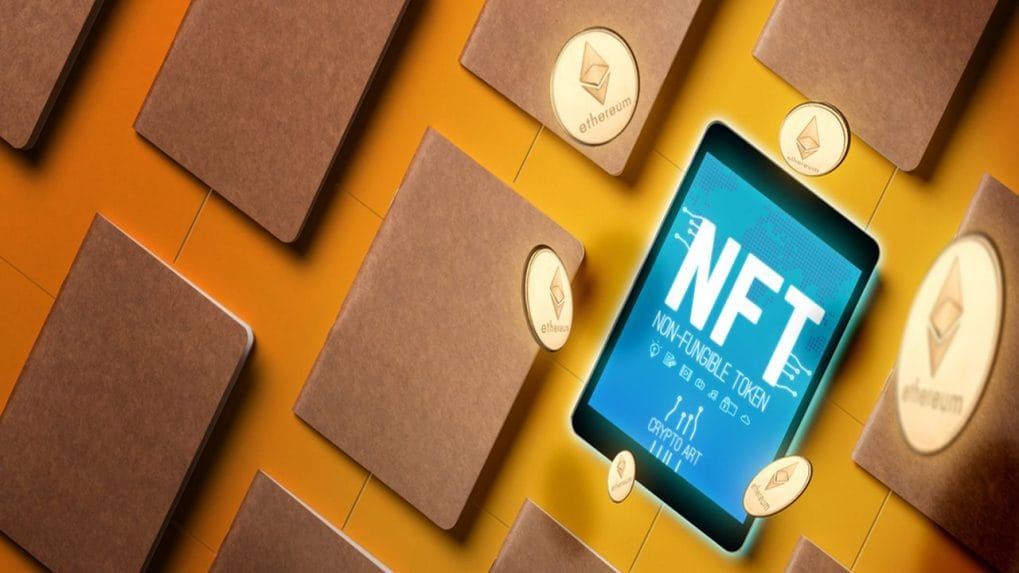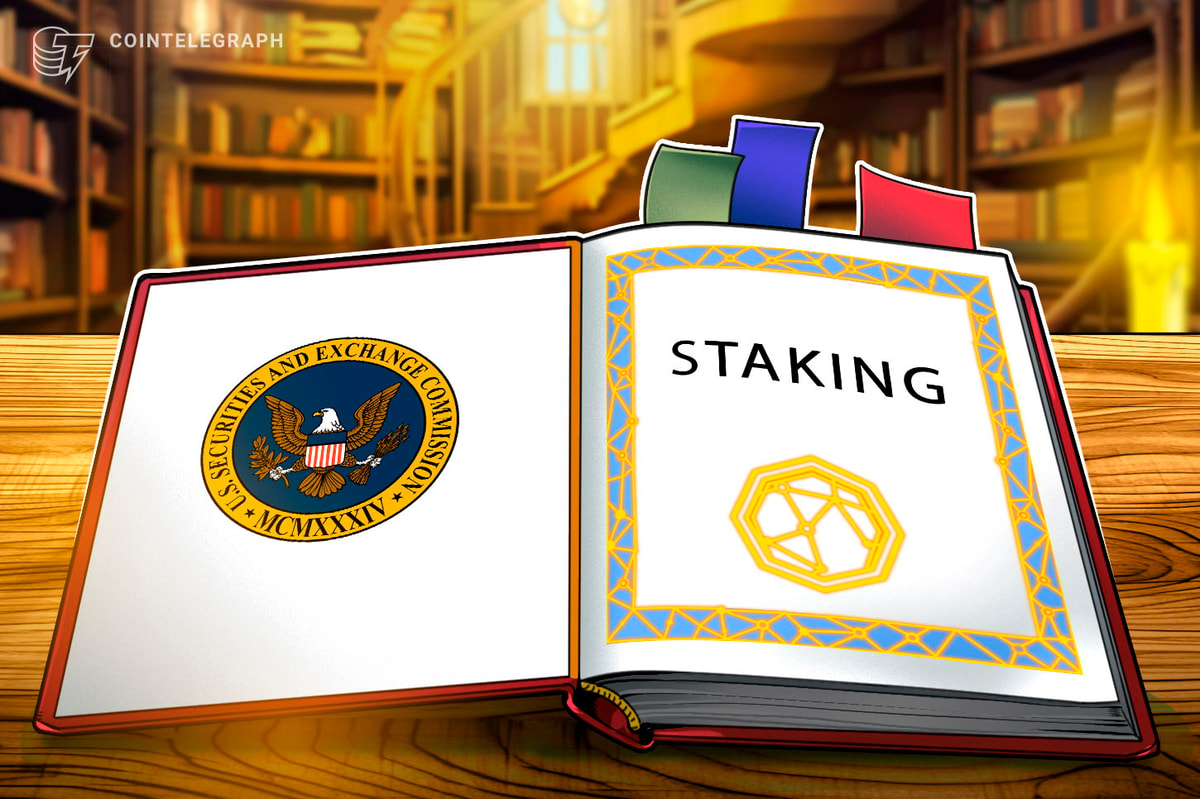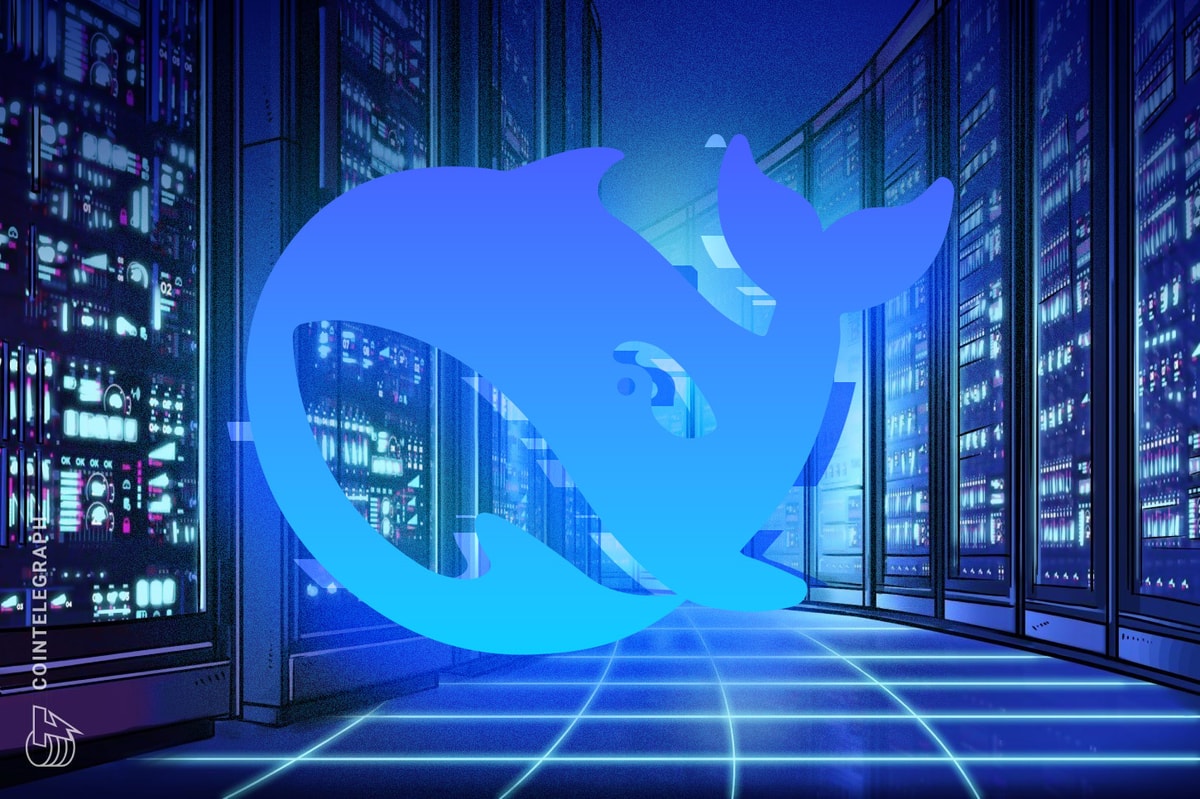Fractional NFTs can be bought and sold on the open market, just like traditional NFTs. However, since they come with smaller price tags, the pool of potential buyers is much larger.
NFTs have shot to popularity over the last few years. They have quickly transformed from a fad in the arts and collectables industry to a burgeoning digital asset class with plenty of use cases. Over the last year and a half, several different kinds of NFTs have also come to the fore, each with its own set of USPs and use cases. One of the latest renditions of the NFT asset class is the fractional NFT. This type of NFT offers a fresh take on digital asset ownership and could attract thousands of first-time investors.
But what are fractional NFTs and how do they work? Tag along to find out.
What are Fractional NFTs?
Buying an NFT can be out of reach for many investors, especially with the prices that these digital assets command nowadays. Fractional NFTs offer a walkaround to this issue. They allow investors to purchase a fraction of the total NFT. In doing so, the investor can access the asset and any potential returns, without coughing up a small fortune to purchase the entire NFT.
For example, an artist may create a limited-edition piece of artwork that is worth thousands of dollars. If the NFT is divided into 1,000 fractions, an individual could purchase 50 fractions, representing five percent ownership of the NFT. This is way more affordable than purchasing the entire NFT. And just like normal NFTs, the ownership of each fraction is recorded on the blockchain, allowing for a transparent and verifiable record of ownership.
How do fractional NFTs work?
Smart contracts are used to create and manage fractional NFTs. A smart contract is a self-executing contract with the terms of the agreement between buyer and seller being directly written into lines of code. The code and the agreed-upon terms are stored on the blockchain, making the contract transparent, traceable, and irreversible. The process of creating and managing fractional NFTs typically involves the following steps:
The creator of the asset (such as an artist) defines the terms of ownership for the asset, including the total number of fractions that the asset will be divided into and the price of each fraction.
The creator creates a smart contract on the blockchain that outlines these terms of ownership and stores it on the blockchain.
The creator then mints the NFTs, which involves creating a unique token on the blockchain for each fraction of the asset.
The NFTs are made available for purchase through an online marketplace or exchange platform. When an individual purchases a fractional NFT, the smart contract automatically records the transaction on the blockchain and transfers ownership of the fraction to the buyer.
Key differences between Fractionalised NFTs and Traditional NFTs
Ownership structure: Traditional NFTs are owned by a single individual, while fractionalised NFTs are owned by multiple individuals, each owning a fraction of the NFT.
Affordability: Traditional NFTs may be more expensive, as they represent ownership of the entire asset. Fractionalised NFTs can be more affordable, as the cost of ownership is divided among multiple individuals.
Potential for financial gains: Both traditional and fractionalised NFTs may appreciate over time, providing the potential for financial gain for their owners. However, the value of a fractionalised NFT may be more volatile, as it is divided into smaller units and may be more susceptible to market fluctuations.
What are the advantages of Fractional NFTs?
Fractional NFTs offer several advantages over traditional ownership models, including:
Greater accessibility
Fractional NFTs allow individuals to own a piece of something that may be too expensive or otherwise out of reach for them to purchase in its entirety. This can be especially beneficial for individuals who are interested in owning unique or valuable assets but may not have the financial resources to do so.
Increased liquidity
Fractional NFTs can be bought and sold on the open market, just like traditional NFTs. However, since they come with smaller price tags, the pool of potential buyers is much larger. This can be especially useful for individuals who may want to sell their ownership stake in an asset later.
Added exposure for creators
A fractional NFT is bound to have more investors than a traditional NFT. This broader audience base ensures that digital creators enjoy increased visibility.
Some potential disadvantages of fractional NFTs are:
Complexity
Fractional NFTs can be more complex to understand and manage than traditional NFTs, as they involve the ownership of a portion of an asset rather than the entire asset.
Liquidity
It may be more difficult to sell fractional NFTs, as there may be fewer buyers interested in purchasing a partial ownership stake in an asset. This can lead to lower liquidity and potentially lower resale value.
Value fluctuation
With more investors buying and selling the fractions of an NFT, its price valuation may be subject to greater levels of volatility. This can make it difficult to predict the future value of a fractional NFT.
Legal issues
There may be legal issues or uncertainties surrounding fractional NFTs, particularly if they are used to represent fractional ownership in physical assets. This can create risks for buyers and sellers.
In Conclusion
Overall, fractional NFTs offer a range of potential use cases and can be used in a variety of contexts to increase accessibility, diversify investment portfolios, and create a sense of community ownership. However, it is important for individuals to carefully consider the potential drawbacks and limitations of fractional NFT ownership before making a purchase.
Read More: news.google.com









 Bitcoin
Bitcoin  Ethereum
Ethereum  Tether
Tether  XRP
XRP  Solana
Solana  USDC
USDC  Dogecoin
Dogecoin  TRON
TRON  Cardano
Cardano  Lido Staked Ether
Lido Staked Ether  Wrapped Bitcoin
Wrapped Bitcoin  Sui
Sui  Wrapped stETH
Wrapped stETH  Hyperliquid
Hyperliquid  Chainlink
Chainlink  Avalanche
Avalanche  LEO Token
LEO Token  Stellar
Stellar  Toncoin
Toncoin  Bitcoin Cash
Bitcoin Cash  Shiba Inu
Shiba Inu  Hedera
Hedera  USDS
USDS  Litecoin
Litecoin  WETH
WETH  Wrapped eETH
Wrapped eETH  Polkadot
Polkadot  Monero
Monero  Binance Bridged USDT (BNB Smart Chain)
Binance Bridged USDT (BNB Smart Chain)  Bitget Token
Bitget Token  Pepe
Pepe  Ethena USDe
Ethena USDe  Pi Network
Pi Network  Coinbase Wrapped BTC
Coinbase Wrapped BTC  WhiteBIT Coin
WhiteBIT Coin  Uniswap
Uniswap  Dai
Dai  Aave
Aave  Bittensor
Bittensor  Aptos
Aptos  NEAR Protocol
NEAR Protocol  OKB
OKB  Jito Staked SOL
Jito Staked SOL  Ethena Staked USDe
Ethena Staked USDe  BlackRock USD Institutional Digital Liquidity Fund
BlackRock USD Institutional Digital Liquidity Fund  Cronos
Cronos  Tokenize Xchange
Tokenize Xchange  Ondo
Ondo  Internet Computer
Internet Computer